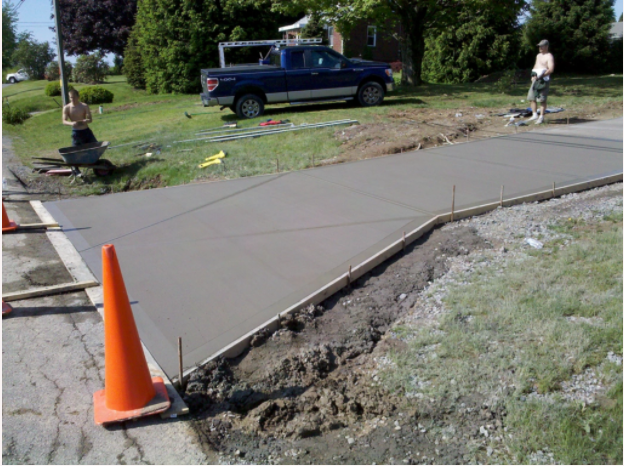`A comprehensive discussion of Roof Vents
When you're considering replacing your roof, ask your contractor about the options for ventilation for your attic and roof. It should be possible pick from a variety of options for ventilation. Make sure that you have intake and exhaust vents.
Prepare to discuss the options of ventilation with your contractor, by understanding the different types of roof vents that are required to build an attic ventilation system that is balanced.
Find out more about attic venting and why it's important to your roof and your home.
Wexford roofing supplies roofing and attic ventilation products.
There are numerous types of attic and roof ventilation products that you can choose from to ventilate your home. You'll frequently hear them called:
-
Roof vents
-
Attic fans
-
Gable vents
-
Louvers
Products for roof ventilation are classified as either:
-
Ventilation to allow intake
-
Exhaust ventilation, or
-
Both intake and exhaust
-
What are the advantages of exhaust and intake vents in my attic?
-
Every attic ventilation system should have a combination of properly placed intake and exhaust vents.
Attic and roof vents operate all year round to:
-
Remove moist, warm air
-
Reduce condensation
-
Your attic must be dry
Allow pressurized heated air to escape , so that it can't force its way into conditioned spaces
Proper ventilation means having both. Having only one or an inconsistent amount of the same type of venting can lead to issues with pressurization.
Pro Tip: Use the Ventilation Calculator tool to do a quick calculation of the amount of airflow needed for your attic. Also, it will aid you in finding the most professional roofing contractor in Wexford.
It's an attic, but what's the point?
Your attic space can be exposed to either only a small portion or even the entire deck of your roof, based on the roof design and architecture.
Many people mistakenly consider attics to be unconditioned storage spaces. While this is true for some houses, especially those with rafter-framed attics Some "attics" are nothing more than gaps between the ceiling and the roof deck. Small or large, these spaces need venting to keep moisture and heat inside the structure as well.
If you aren't balancing the amount of exhaust roof ventilation and intake roof ventilation in a proper manner, moisture can buildup within your attic. This could lead to many problems including:
-
Mold
-
Mildew
-
Roof damage to its structural structure
Find a roofing contractor near me on how to ventilate an space above a cathedral ceiling , or any other smaller attic space.
Intake Vents
As their name implies intake vents are designed to take in air from the outside. The air that is filtered in goes to the attic and replaces the air that was emitted from the exhaust vents. They help to maintain a balanced airflow.
Intake vents are typically placed on the eaves or under the roof. They help the exhaust vents located in the attic work more effectively and assist in controlling energy costs.
There are two types of intake vents: soffit vents as well as roof-mounted intake vents.
Soffit Vents
Soffit vents are among the most frequent kind of intake vents for roofs, and they are placed under the roof eaves for the length of the house or in between the joists.
Pro Tip: If you have the insulation blown in, be sure it's not limiting the airflow to the vents in the soffit.
Roof Vents
An intake vent on the roof is a viable option if your home does not have a soffit , or exposed rafters beneath the eaves.
https://steadfast-roofing-siding-exteriors.business.site/
Exhaust Vents
Exhaust vents permit air to flow out of the attic into the outdoors. Attic fans and ridge vents are two types of exhaust vents. they're usually located higher up on the roof, often the highest level in the area where hot air tends collect. The stability of your roofing can assist to achieve this.
steadfast delivery solutions llc
contractors new castle pa
metal roofing suppliers Pittsburgh pa
knob hill community park Wexford pa
pittsburgh siding repair
Steadfast Roofing
350 Greater Butler Mart, Butler, PA 16001, United States
724-816-6118

